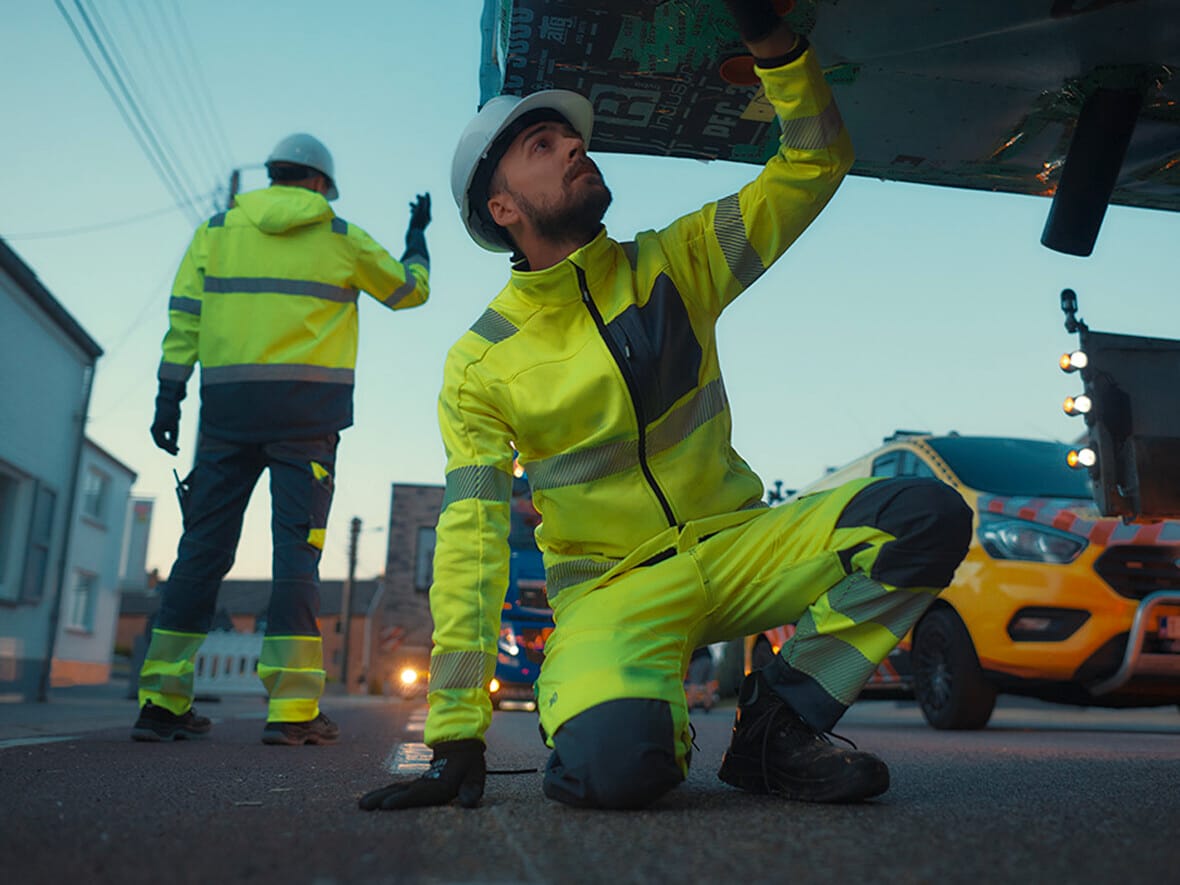
Cold-weather workwear isn’t a one-size-fits-all solution—each industry faces unique challenges that influence gear selection. A construction worker’s jacket won’t always suit offshore oil rigs or warehouse environments.
This practical guide covers critical buying insights tailored specifically to Construction, Oil & Gas, Warehouse, and Offshore operations, helping you make informed decisions that enhance worker safety, productivity, and compliance.
🏗️ Construction: Versatile, Durable, and Flexible Gear
Construction sites involve constant movement, heavy-duty tasks, and exposure to harsh weather.
Key Requirements:
- Excellent freedom of movement (stretch panels, articulated elbows/knees)
- Abrasion-resistant fabrics (Cordura® reinforcements)
- Highly breathable yet waterproof shells (≥10,000 mm HH, ≥10,000 MVTR)
- ANSI Class 2/3 Hi-Vis and NFPA-rated FR options for specialized crews
- Insulated gloves with grip-friendly textures
Recommended Specs:
- Shell: TPU or Gore-Tex®, highly breathable, fully waterproof
- Insulation: 200–300 g synthetic (PrimaLoft®, Thinsulate™)
Construction Buyer Insight:
After moving to ergonomic winter jackets, a New York-based construction firm reported a 25% drop in cold-related muscle strains and improved task efficiency.
🛢️ Oil & Gas: Maximum Flame Resistance and Protection
Oil & Gas workers face extreme cold, wet conditions, chemical hazards, and fire risks from flash fires or arc flashes.
Key Requirements:
- Full FR-rated clothing (NFPA 2112, NFPA 70E)
- High insulation rating for low activity tasks (300–400 g FR synthetic insulation)
- Waterproof and chemically resistant outer layers
- Durable FR-reflective Hi-Vis tapes (ANSI Class 3 compliant)
- IEC 61482-certified arc-flash protection
Recommended Specs:
- Shell: FR-rated waterproof outer (ePTFE or PU laminate)
- Insulation: FR Thinsulate™, Modacrylic insulation
- Gloves: FR-rated, oil/chemical resistant liners
Real-World Scenario:
A Canadian drilling company reduced frostbite incidents and met all regulatory audits after adopting comprehensive FR-rated insulated clothing.
📦 Warehouse: Lightweight, Flexible, and Breathable Insulation
Warehousing requires garments that allow unrestricted movement, are lightweight for indoor/outdoor shifts, and easily adapt to fluctuating activity levels.
Key Requirements:
- Lightweight insulation (100–200 g synthetic)
- Breathable shells (MVTR ≥8,000)
- Comfortable for prolonged indoor/outdoor shifts
- Moderate Hi-Vis compliance for outdoor loading docks (ANSI Class 2)
- Easy-care laundering (machine washable, quick-drying)
Recommended Specs:
- Shell: PU-coated or lightweight TPU-coated jackets
- Insulation: 150 g Thinsulate™ or PrimaLoft®
- Base layer: Moisture-wicking synthetic or wool blend
Warehouse Procurement Tip:
One German logistics center cut employee complaints by 70% after switching to breathable, insulated vests with flexible sleeves, enhancing comfort and productivity.
🌊 Offshore Operations: Extreme Weather and High Visibility
Offshore environments face extreme wind, rain, salt spray, limited shelter, and challenging safety scenarios.
Key Requirements:
- Extremely waterproof shells (≥20,000 mm HH, fully seam-sealed)
- Superior breathability (≥15,000 MVTR)
- High CLO insulation rating (≥3.0 for harsh offshore climates)
- Heavy-duty durability against salt corrosion
- ANSI/EN Class 3 Hi-Vis, FR protection compliant to NFPA 2112
Recommended Specs:
- Shell: Gore-Tex® ePTFE or similarly advanced membranes
- Insulation: 300–400 g PrimaLoft® or FR Thinsulate™
- Accessories: Integrated insulated hoods, storm flaps, high-performance gloves
Offshore Buyer Experience:
After adopting highly waterproof, breathable insulated gear, a North Sea oil rig reduced downtime due to clothing changes by 50%, significantly boosting productivity.
Comparative Summary Table:
| Industry | Key Needs | Recommended Insulation & Shell Materials |
|---|---|---|
| Construction | Durability, flexibility, breathability | 200–300 g synthetic; TPU or Gore-Tex® shell |
| Oil & Gas | FR rating, chemical protection, insulation | 300–400 g FR synthetic; FR waterproof shell |
| Warehouse | Lightweight, breathable, flexible | 100–200 g synthetic insulation; PU-coated shell |
| Offshore | Extreme weather protection, high CLO rating, FR & Hi-Vis | 300–400 g synthetic; ePTFE shell |
FAQs Addressed Clearly:
Q: "Can we use the same gear across industries?"
A: Rarely. Industry-specific risks and conditions usually require tailored solutions.Q: "What’s the ideal balance between breathability and waterproofness?"
A: Prioritize breathability for active roles; choose maximum waterproof ratings (≥20,000 mm HH) for severe offshore or oil/gas environments.Q: "Is FR clothing necessary for all workers?"
A: Only for those exposed to arc-flash or fire risks (e.g., oil/gas, electrical utilities, specific construction trades).
Enhanced Procurement Checklist:
- [ ] Clearly identify industry-specific hazards
- [ ] Match gear specs (insulation, FR, Hi-Vis) to precise workplace conditions
- [ ] Request technical datasheets & compliance certificates from suppliers
- [ ] Test samples on-site for fit, comfort, and functionality
- [ ] Budget for gear that combines standards (Hi-Vis/FR) when applicable
- [ ] Plan a maintenance and laundering schedule appropriate for garment type
Conclusion: Industry-Specific Gear Is Essential
Choosing winter workwear specifically tailored to your industry’s needs is crucial. Doing so ensures regulatory compliance, optimal worker protection, maximum productivity, and long-term cost savings. Selecting industry-specific garments is not merely best practice—it’s essential practice.
Need help selecting industry-specific winter gear for your workforce?
Email: [email protected]
Website: www.workwearsolutions.net
Zion Zhang
Recent Posts
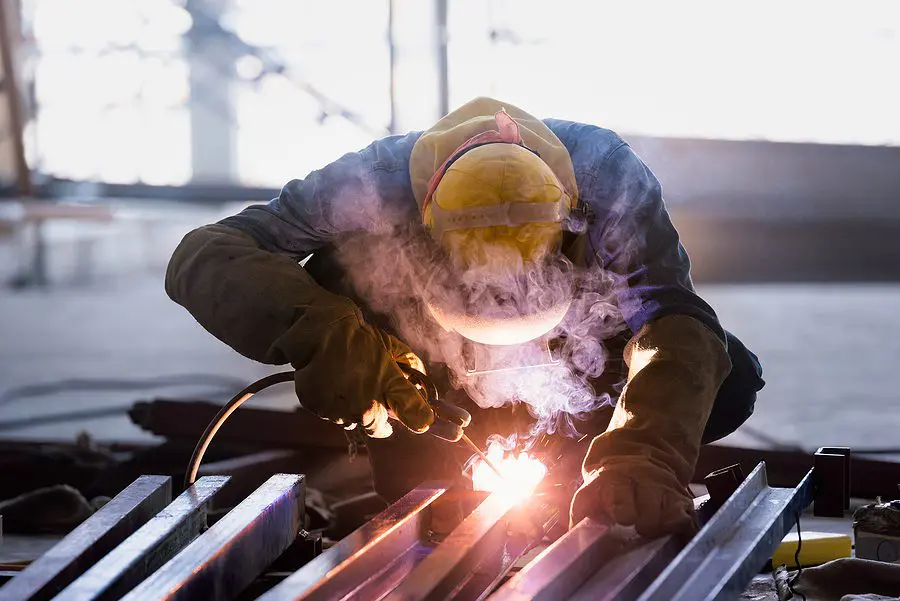 Cost-Benefit Analysis: Premium vs. Budget Welding Gear2025年7月25日When sourcing welding PPE, many buyers fall into the trap […]
Cost-Benefit Analysis: Premium vs. Budget Welding Gear2025年7月25日When sourcing welding PPE, many buyers fall into the trap […]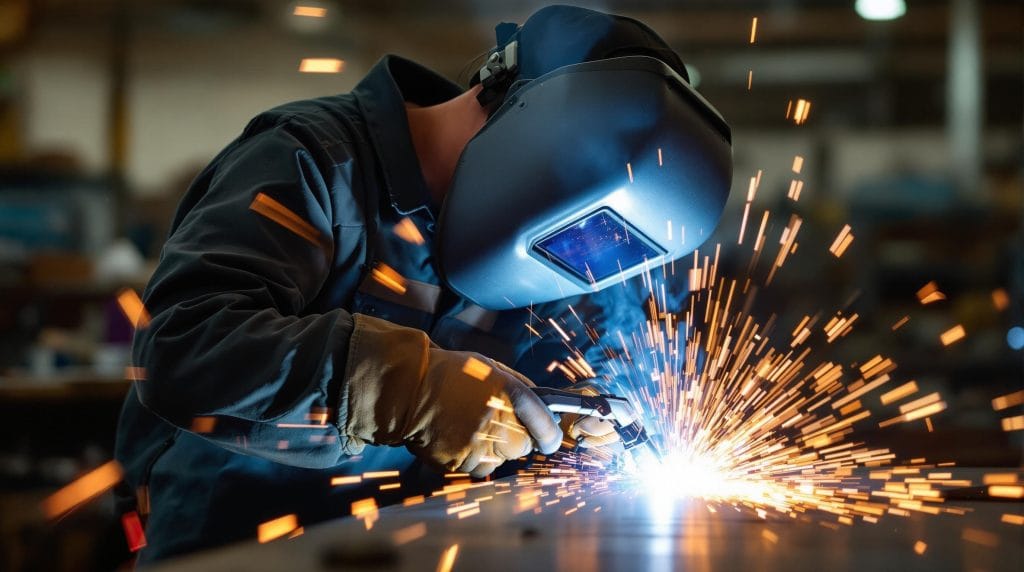 Maintaining and Inspecting Welding Protective Clothing: Essential Practices2025年7月25日Welding PPE is a critical investment. Jackets, gloves, […]
Maintaining and Inspecting Welding Protective Clothing: Essential Practices2025年7月25日Welding PPE is a critical investment. Jackets, gloves, […]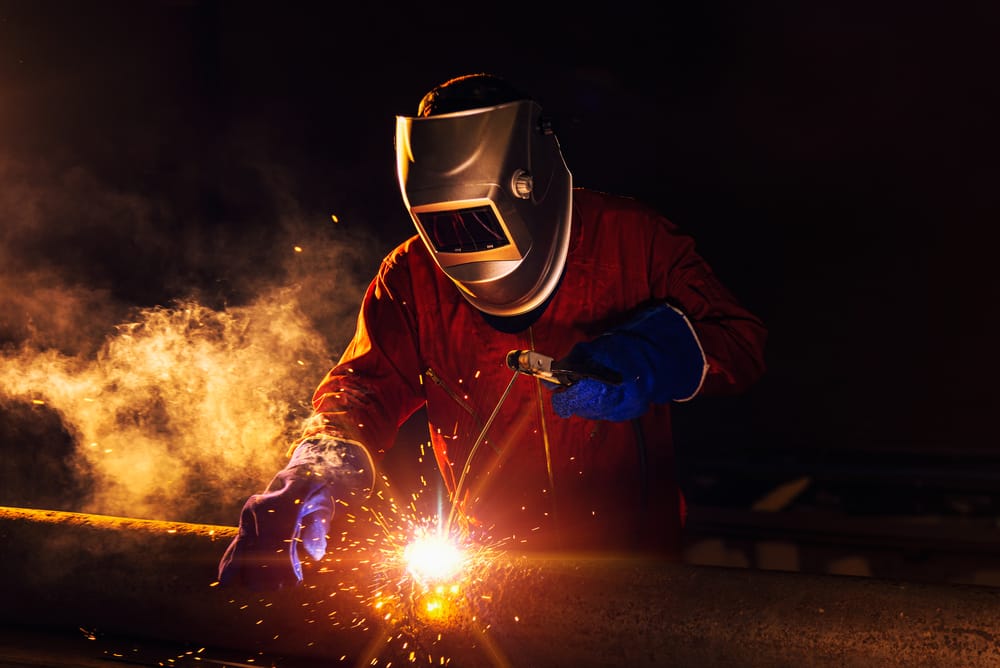 Heat Stress Management: Balancing Protection and Comfort in Welding PPE2025年7月25日Welding PPE is essential to protect workers from sparks, […]
Heat Stress Management: Balancing Protection and Comfort in Welding PPE2025年7月25日Welding PPE is essential to protect workers from sparks, […]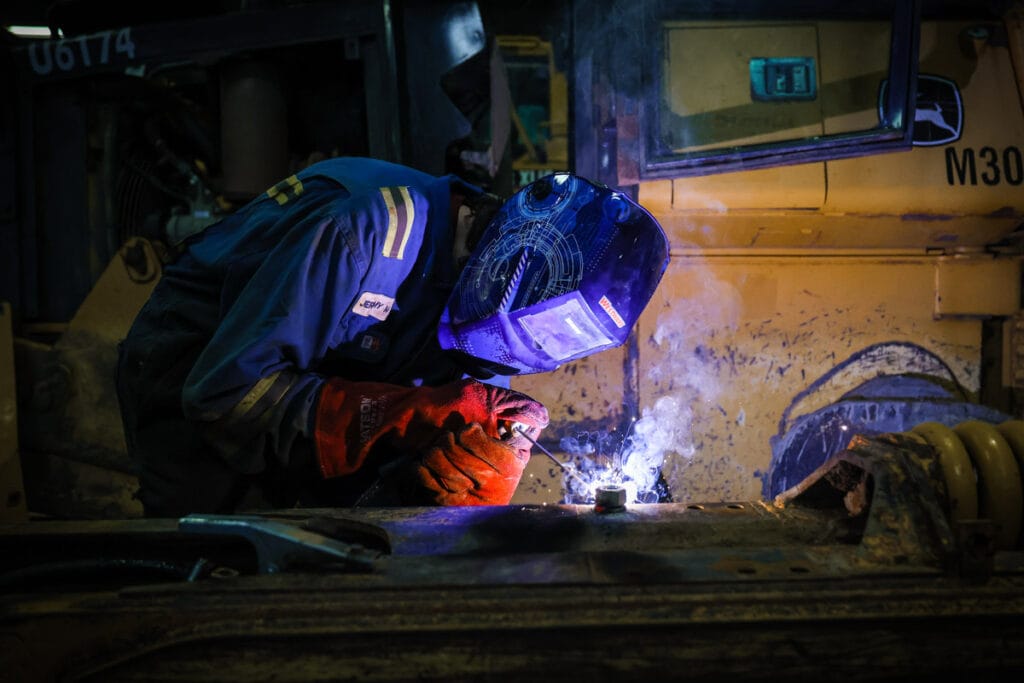 Eye and Face Protection in Welding: Helmets, Shields, Goggles, and Lenses2025年7月25日Welding generates intense light, flying sparks, molten […]
Eye and Face Protection in Welding: Helmets, Shields, Goggles, and Lenses2025年7月25日Welding generates intense light, flying sparks, molten […]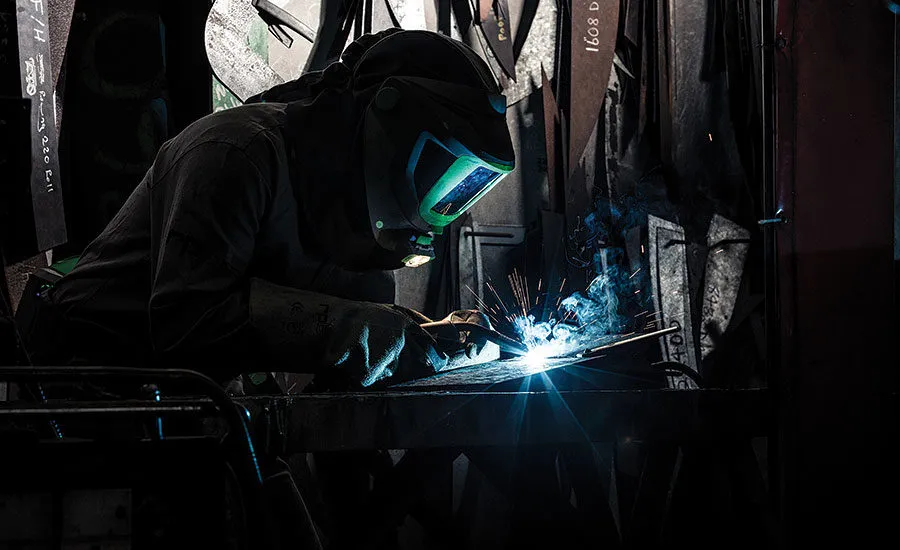 ANSI, OSHA, EN ISO Standards for Welding Protective Clothing Explained2025年7月25日Compliance with welding PPE standards is non-negotiable. […]
ANSI, OSHA, EN ISO Standards for Welding Protective Clothing Explained2025年7月25日Compliance with welding PPE standards is non-negotiable. […]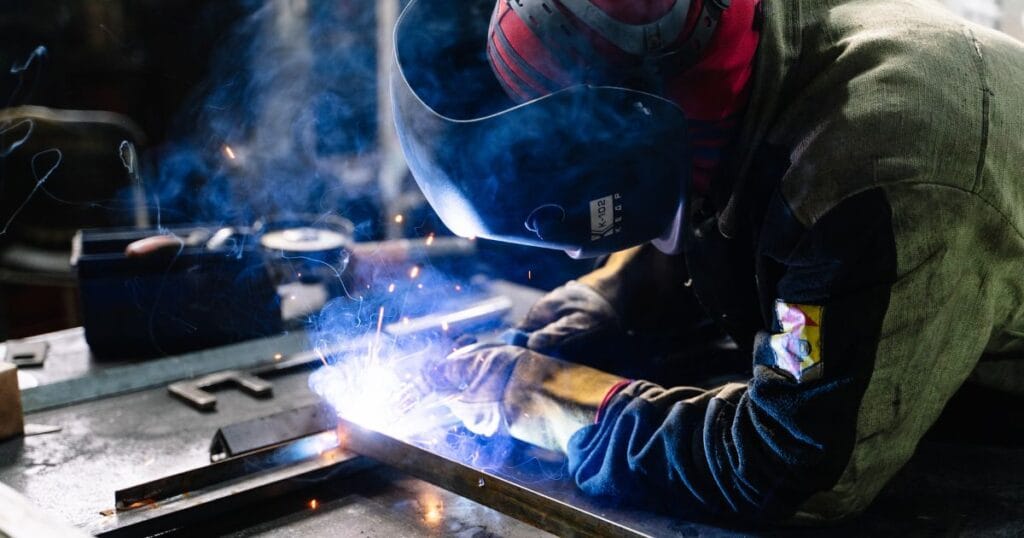 Selecting Welding PPE by Welding Process: MIG, TIG, Stick, Plasma Cutting2025年7月25日Not all welding processes are equal—and neither are their […]
Selecting Welding PPE by Welding Process: MIG, TIG, Stick, Plasma Cutting2025年7月25日Not all welding processes are equal—and neither are their […]
CONTACT US
- Feel free to contact us any time. We will get back to you as soon as we can!
- +86-17330061805
